Home>Furniture & Design>Bathroom Accessories>How Do You Measure A Bathtub
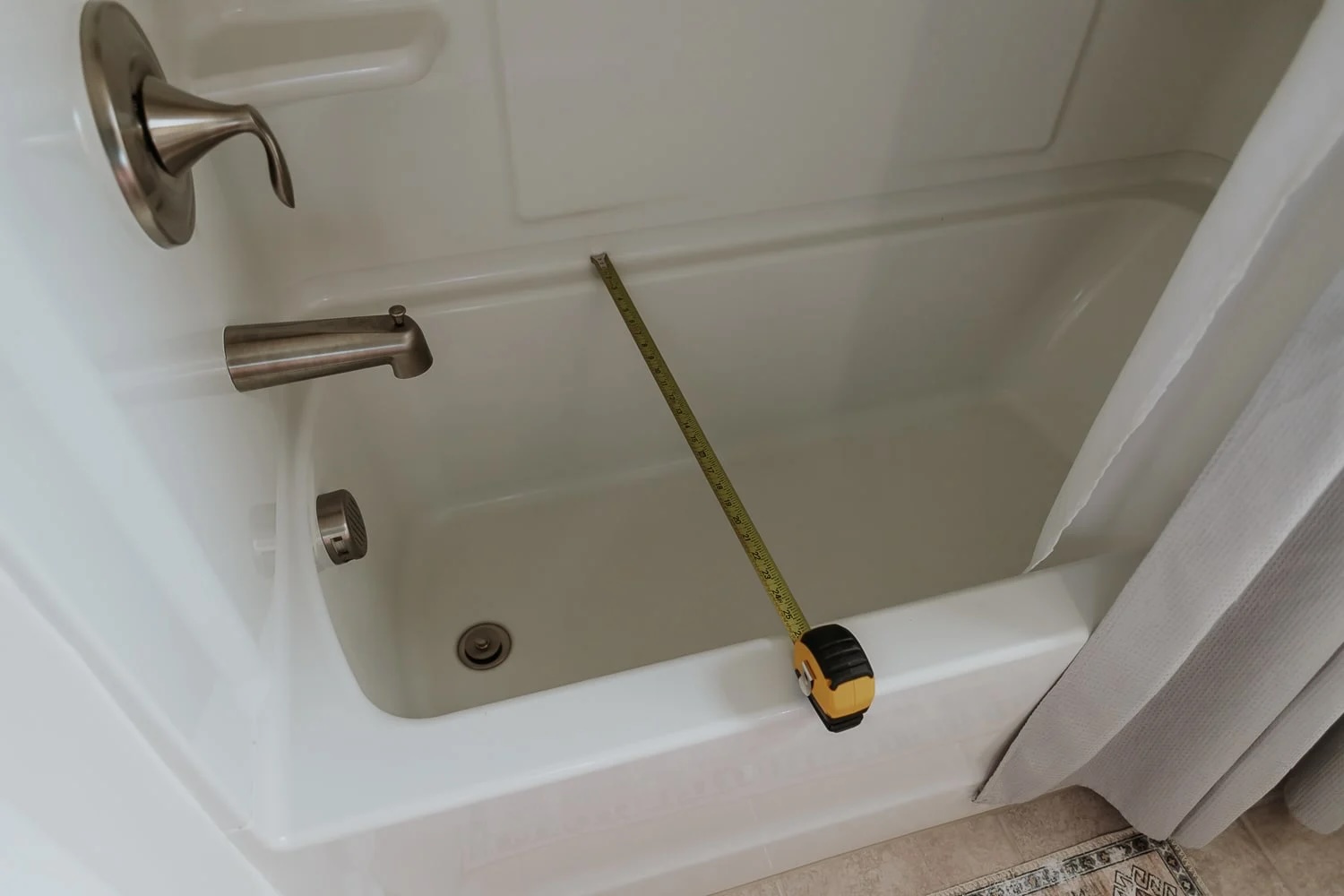

Bathroom Accessories
How Do You Measure A Bathtub
Modified: October 19, 2024
Learn how to measure a bathtub for the perfect bathroom accessories. Find the right fit and style for your space with our expert tips and advice.
(Many of the links in this article redirect to a specific reviewed product. Your purchase of these products through affiliate links helps to generate commission for Storables.com, at no extra cost. Learn more)
Introduction
When it comes to bathroom renovations or selecting the perfect bathtub for a new home, understanding the dimensions and measurements of a bathtub is crucial. The right bathtub can transform a bathroom into a luxurious retreat, providing a relaxing space to unwind after a long day. However, choosing the ideal bathtub requires careful consideration of its size, depth, and capacity to ensure it fits seamlessly into the bathroom space and meets the needs of the household.
In this comprehensive guide, we will delve into the essential aspects of measuring a bathtub, from standard dimensions to determining the depth and capacity. By the end of this article, you will have a clear understanding of how to accurately measure a bathtub, empowering you to make informed decisions when selecting the perfect bathtub for your home.
Let's embark on this journey to unravel the intricacies of bathtub measurements, empowering you to transform your bathroom into a tranquil oasis.
Key Takeaways:
- Measuring a bathtub’s length, width, depth, and capacity is crucial for choosing the perfect bathtub. It ensures it fits in your bathroom and provides the comfort you need for a relaxing bath.
- Understanding bathtub measurements empowers you to create a personalized bathing space. It helps you make informed decisions that prioritize comfort and sustainability, turning your bathroom into a tranquil oasis.
Read more: How Do You Clean Honeycomb Blinds
Standard Bathtub Dimensions
Standard bathtub dimensions serve as a fundamental reference point for homeowners, interior designers, and contractors when planning a bathroom layout or selecting a new bathtub. Understanding these dimensions is essential for ensuring that the chosen bathtub fits seamlessly into the available space while meeting the desired comfort and functionality requirements.
Length and Width
The most common standard bathtub dimensions for length range from 60 to 72 inches, with a width of 30 to 32 inches. These dimensions are designed to accommodate the average adult comfortably, providing ample space for relaxation and bathing. However, it's important to note that variations exist, such as compact bathtubs with smaller dimensions tailored for smaller bathrooms or space-saving designs.
Depth
Standard bathtub depths typically range from 14 to 20 inches. The depth of a bathtub is a crucial factor in determining its comfort and functionality. Deeper bathtubs offer a more immersive bathing experience, allowing for full-body submersion and enhanced relaxation. Shallower bathtubs are suitable for households with mobility concerns or for those who prefer a more accessible bathing option.
Capacity
The capacity of a standard bathtub is measured in gallons and is directly influenced by its dimensions. A typical bathtub can hold anywhere from 40 to 60 gallons of water when filled to the brim. Understanding the capacity is essential for ensuring that the water volume is suitable for comfortable bathing while also considering water conservation and energy efficiency.
Read more: How Do You Lower Blinds With A String
Specialized Bathtubs
In addition to standard dimensions, there are specialized bathtubs designed to cater to specific needs, such as corner bathtubs, freestanding bathtubs, and soaking tubs. These variations offer unique dimensions and shapes, providing homeowners with diverse options to suit their preferences and spatial constraints.
By familiarizing yourself with standard bathtub dimensions, you can make informed decisions when selecting a bathtub that harmonizes with your bathroom layout and fulfills your relaxation and bathing needs. These dimensions serve as a foundational guide, empowering you to explore a myriad of bathtub options and configurations, ultimately enhancing the comfort and aesthetic appeal of your bathroom space.
Measuring the Length and Width of a Bathtub
Measuring the length and width of a bathtub is a critical step in the process of selecting the perfect bathtub for your bathroom space. Whether you are renovating an existing bathroom or designing a new one, accurate measurements are essential to ensure that the chosen bathtub fits seamlessly into the allocated space while providing the desired comfort and functionality.
To measure the length of a bathtub, start by using a tape measure to determine the distance from one end of the tub to the other. Ensure that the tape measure is placed along the longest edge of the bathtub, capturing the full length from end to end. It's important to measure from the outer edges of the tub to account for any additional features, such as decorative rims or integrated armrests, that may extend beyond the inner bathing area.
Next, measure the width of the bathtub by placing the tape measure across the widest part of the tub. This measurement should encompass the broadest section of the bathtub, capturing its overall width from side to side. Similar to measuring the length, it's crucial to consider any protruding features or contours that contribute to the bathtub's total width, ensuring that the measurement accurately reflects the space required for installation.
When measuring the length and width of a bathtub, precision is key. Even the slightest miscalculation can lead to complications during installation, potentially resulting in an ill-fitting bathtub that disrupts the overall aesthetic and functionality of the bathroom. Therefore, taking multiple measurements and cross-referencing the results is advisable to ensure accuracy and consistency.
Additionally, it's essential to consider the surrounding space and layout of the bathroom when measuring the length and width of a bathtub. Factors such as wall-to-wall dimensions, alcove or freestanding installation, and clearance for entry and exit should be taken into account to determine the optimal size and placement of the bathtub within the bathroom environment.
By meticulously measuring the length and width of a bathtub, you can confidently explore a diverse range of bathtub options, knowing that the selected bathtub will harmonize with the available space and contribute to a comfortable and visually appealing bathroom setting. These measurements serve as the foundation for informed decision-making, empowering you to create a personalized bathing space that aligns with your lifestyle and design preferences.
Measuring the Depth of a Bathtub
The depth of a bathtub plays a pivotal role in determining the comfort and functionality of the bathing experience. Measuring the depth accurately is essential for ensuring that the chosen bathtub aligns with the desired level of immersion and relaxation. To measure the depth of a bathtub, begin by positioning a tape measure vertically along the inner wall of the tub, starting from the base and extending it upwards to the top rim. This measurement captures the vertical distance from the lowest point of the bathtub to its highest edge, providing a comprehensive understanding of the bathing depth.
It's important to consider the varying depths of bathtubs, as they can range from standard depths of 14 to 20 inches to deeper soaking tubs that offer a more immersive bathing experience. Deeper bathtubs are favored for their ability to fully submerge the body, promoting a sense of relaxation and rejuvenation. Conversely, shallower bathtubs are suitable for households with specific accessibility needs or for those who prefer a more convenient bathing option.
When measuring the depth of a bathtub, precision is paramount. Accurate depth measurements enable homeowners and designers to select a bathtub that aligns with the desired level of comfort while complementing the overall aesthetic of the bathroom. Additionally, understanding the depth of the bathtub is crucial for assessing its compatibility with individuals' preferences and physical requirements, ensuring that the chosen bathtub enhances the bathing experience for all household members.
Furthermore, the depth of the bathtub directly influences its water capacity, as deeper tubs can accommodate a larger volume of water, contributing to a more indulgent bathing experience. By considering the depth measurement in conjunction with the bathtub's capacity, homeowners can optimize water usage and energy efficiency while prioritizing comfort and relaxation.
In summary, measuring the depth of a bathtub is a fundamental step in the process of selecting a bathtub that aligns with individual preferences and bathroom design considerations. Accurate depth measurements empower homeowners to make informed decisions, ensuring that the chosen bathtub enhances the overall bathing experience while harmonizing with the spatial and functional requirements of the bathroom.
Measuring the Capacity of a Bathtub
Measuring the capacity of a bathtub is a crucial aspect of selecting the ideal bathing fixture for a home. The capacity of a bathtub refers to the volume of water it can hold when filled to the brim, and understanding this measurement is essential for ensuring a comfortable and efficient bathing experience.
To measure the capacity of a bathtub, the first step is to determine its dimensions, including the length, width, and depth. Once these measurements are obtained, the capacity can be calculated using a simple formula based on the tub's internal dimensions. By multiplying the length, width, and depth measurements together, the total volume of the bathtub can be determined in cubic inches. This figure can then be converted to gallons, the standard unit for measuring water capacity, by dividing the cubic inch measurement by 231 (since 1 gallon is equivalent to 231 cubic inches).
Understanding the capacity of a bathtub is essential for several reasons. Firstly, it ensures that the bathtub can comfortably accommodate the desired amount of water for a satisfying bathing experience. Additionally, knowing the capacity allows homeowners to gauge water usage and make informed decisions regarding water conservation and energy efficiency. By selecting a bathtub with an appropriate capacity, individuals can optimize their bathing routines while minimizing water wastage.
Furthermore, the capacity of a bathtub directly influences its functionality and comfort. Deeper bathtubs with larger capacities offer a more immersive bathing experience, allowing for full-body submersion and enhanced relaxation. On the other hand, shallower bathtubs with smaller capacities may be preferred for quick, water-efficient baths or for households with specific accessibility needs.
In addition to individual preferences, the capacity of a bathtub also impacts its compatibility with the household's water heating system. Understanding the volume of water required to fill the bathtub allows homeowners to assess the efficiency of their water heating equipment and make adjustments as needed to ensure a consistent and enjoyable bathing experience.
By measuring the capacity of a bathtub and considering its implications on water usage, comfort, and household requirements, individuals can make informed decisions when selecting a bathtub that aligns with their lifestyle and environmental considerations. This measurement serves as a valuable tool for optimizing the bathing experience while promoting sustainable water management practices within the home.
To measure a bathtub, use a tape measure to find the length, width, and depth. Measure from the inside edges for accuracy. This will help you choose the right size for a replacement or new installation.
Read more: How Do You Put Up Blinds
Conclusion
In conclusion, the process of measuring a bathtub encompasses a multifaceted approach that extends beyond mere dimensions and numbers. It involves a harmonious blend of practical considerations, individual preferences, and a commitment to creating a bathing space that transcends functionality to evoke a sense of tranquility and rejuvenation.
By understanding the standard dimensions of bathtubs, including length, width, depth, and capacity, homeowners and designers gain valuable insights into the foundational aspects of selecting the perfect bathtub for a bathroom. These dimensions serve as a guiding framework, empowering individuals to explore a diverse range of bathtub options while ensuring a seamless integration with the available space and the desired level of comfort.
The meticulous process of measuring the length, width, and depth of a bathtub is a testament to the dedication to precision and attention to detail. It underscores the significance of creating a bathing environment that not only meets spatial requirements but also aligns with individual preferences and lifestyle needs. Accurate measurements lay the groundwork for a seamless installation process and a visually appealing bathroom layout that exudes elegance and functionality.
Furthermore, the measurement of a bathtub's capacity holds profound implications for water usage, energy efficiency, and the overall bathing experience. By understanding the volume of water a bathtub can hold, individuals can make informed decisions that prioritize comfort while embracing sustainable water management practices. This awareness fosters a conscientious approach to bathing routines, promoting a balance between indulgence and environmental responsibility.
Ultimately, the process of measuring a bathtub transcends the realm of mere dimensions; it embodies a commitment to creating a personalized sanctuary within the home, where relaxation, rejuvenation, and self-care converge. Each measurement serves as a testament to the dedication to crafting a bathing space that resonates with individual sensibilities and elevates the daily ritual of bathing into a luxurious and revitalizing experience.
In essence, the art of measuring a bathtub is a testament to the pursuit of a harmonious fusion between form and function, where every dimension and capacity measurement contributes to the creation of a bathing space that reflects the unique essence of those who inhabit it. It is a journey of precision, creativity, and mindfulness, culminating in the realization of a tranquil oasis within the confines of a bathroom—a space where the stresses of the day dissipate, and a sense of serenity prevails.
Frequently Asked Questions about How Do You Measure A Bathtub
Was this page helpful?
At Storables.com, we guarantee accurate and reliable information. Our content, validated by Expert Board Contributors, is crafted following stringent Editorial Policies. We're committed to providing you with well-researched, expert-backed insights for all your informational needs.
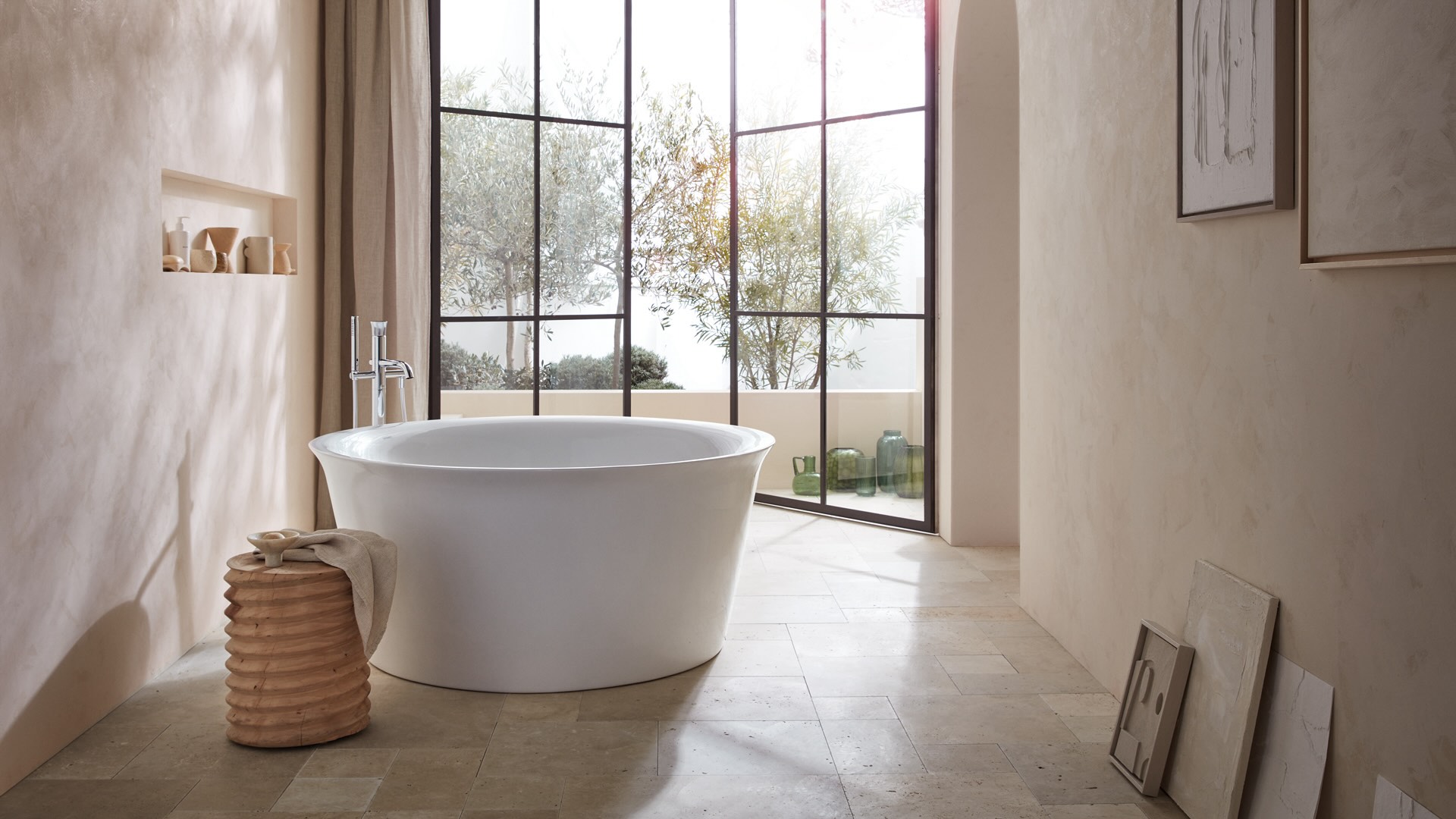
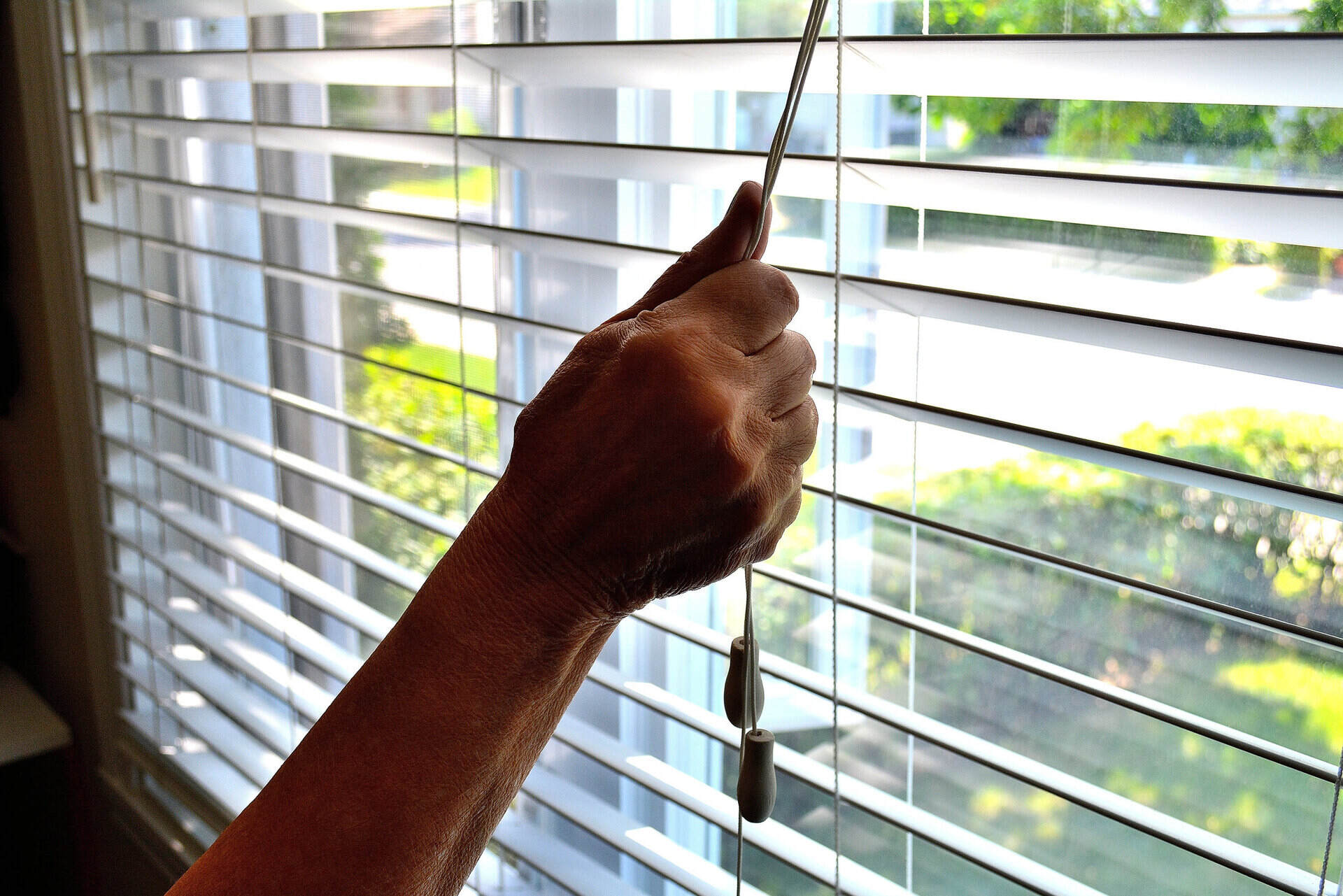
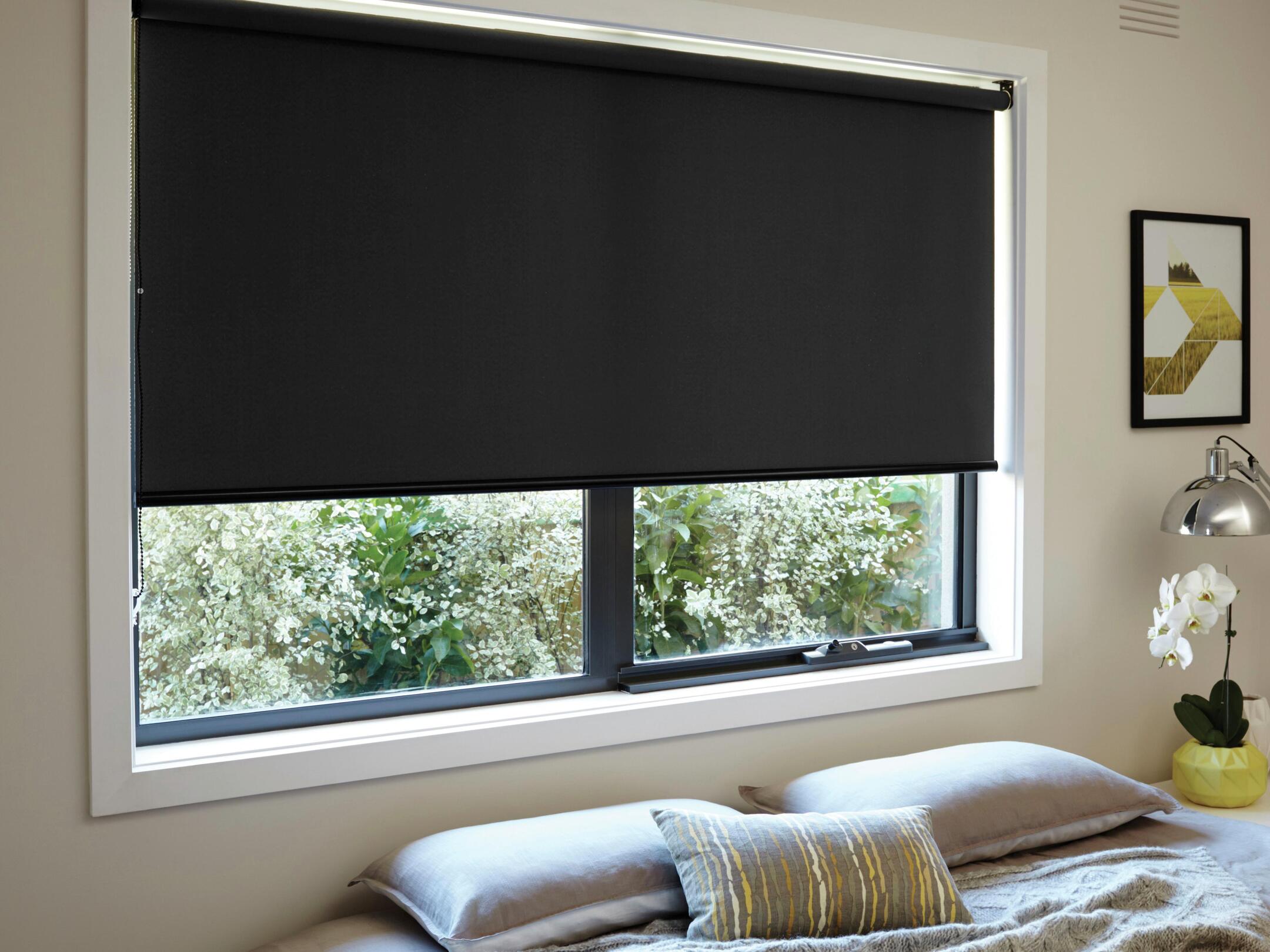
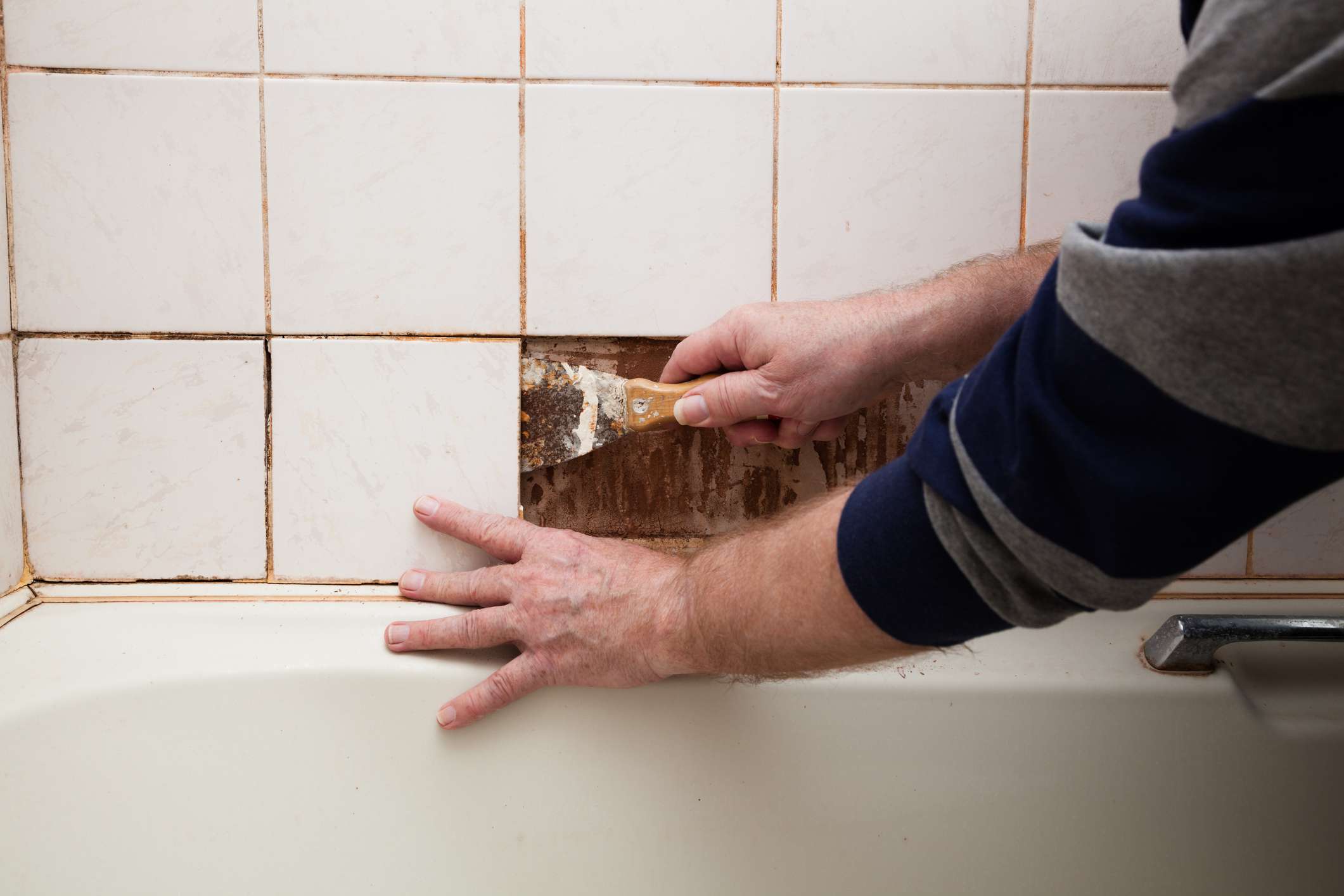

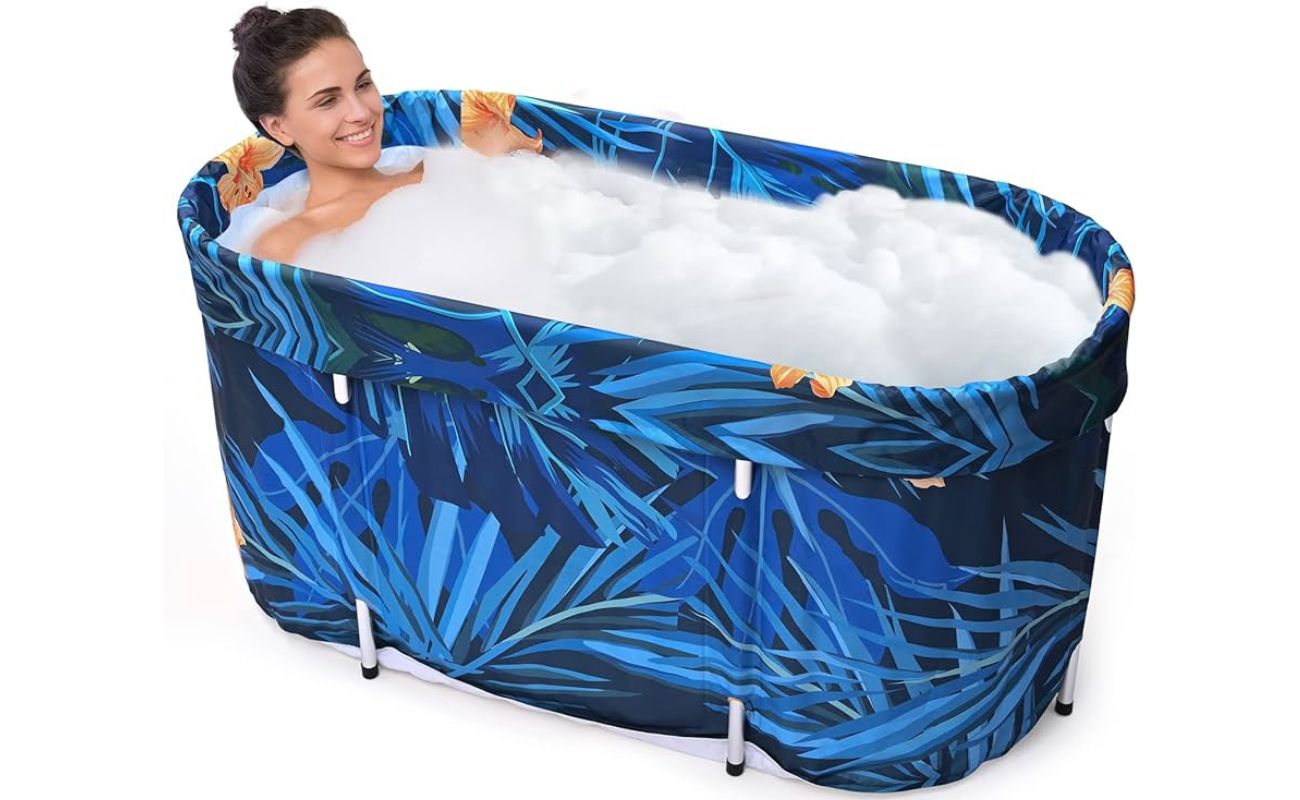
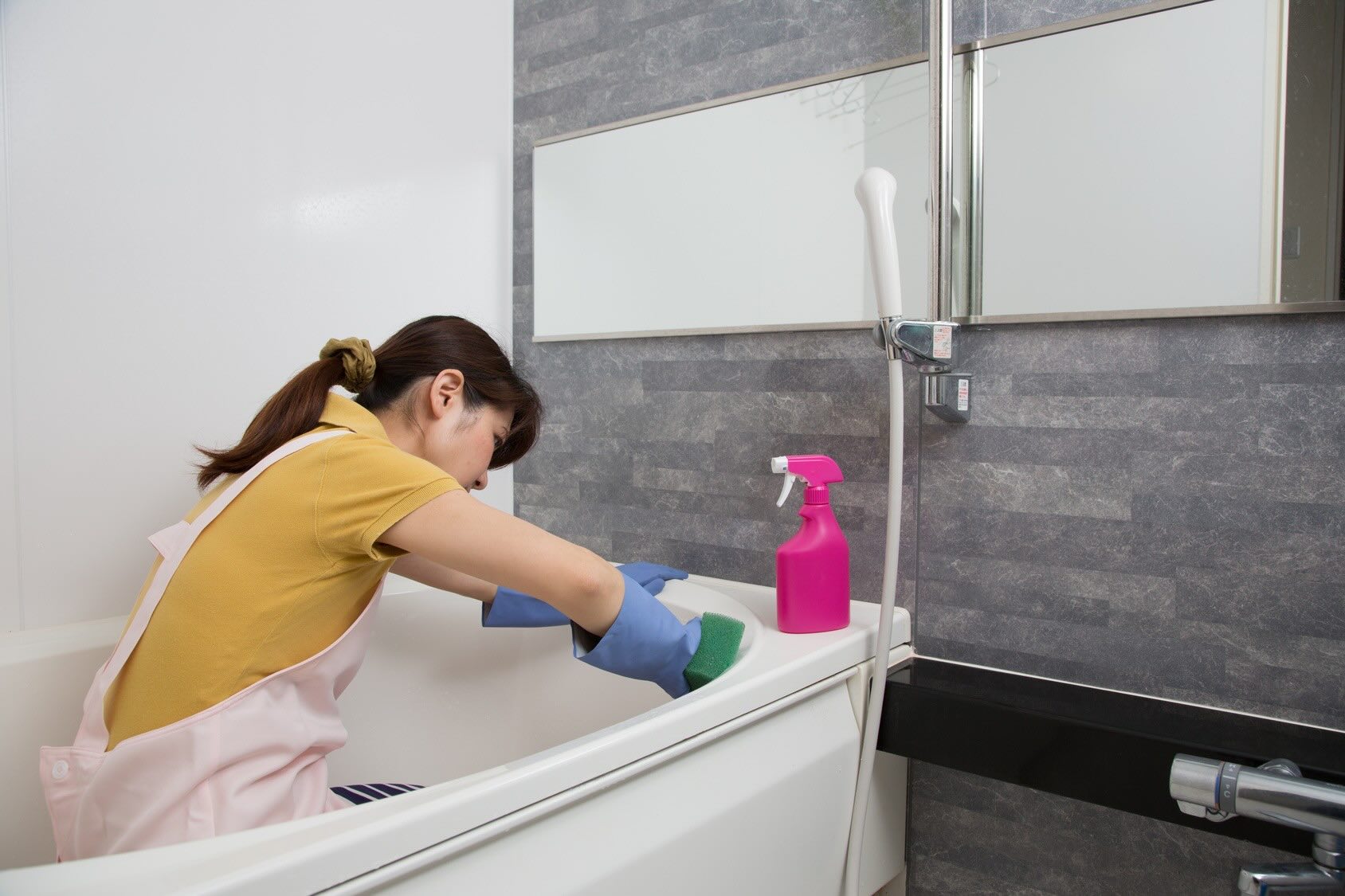
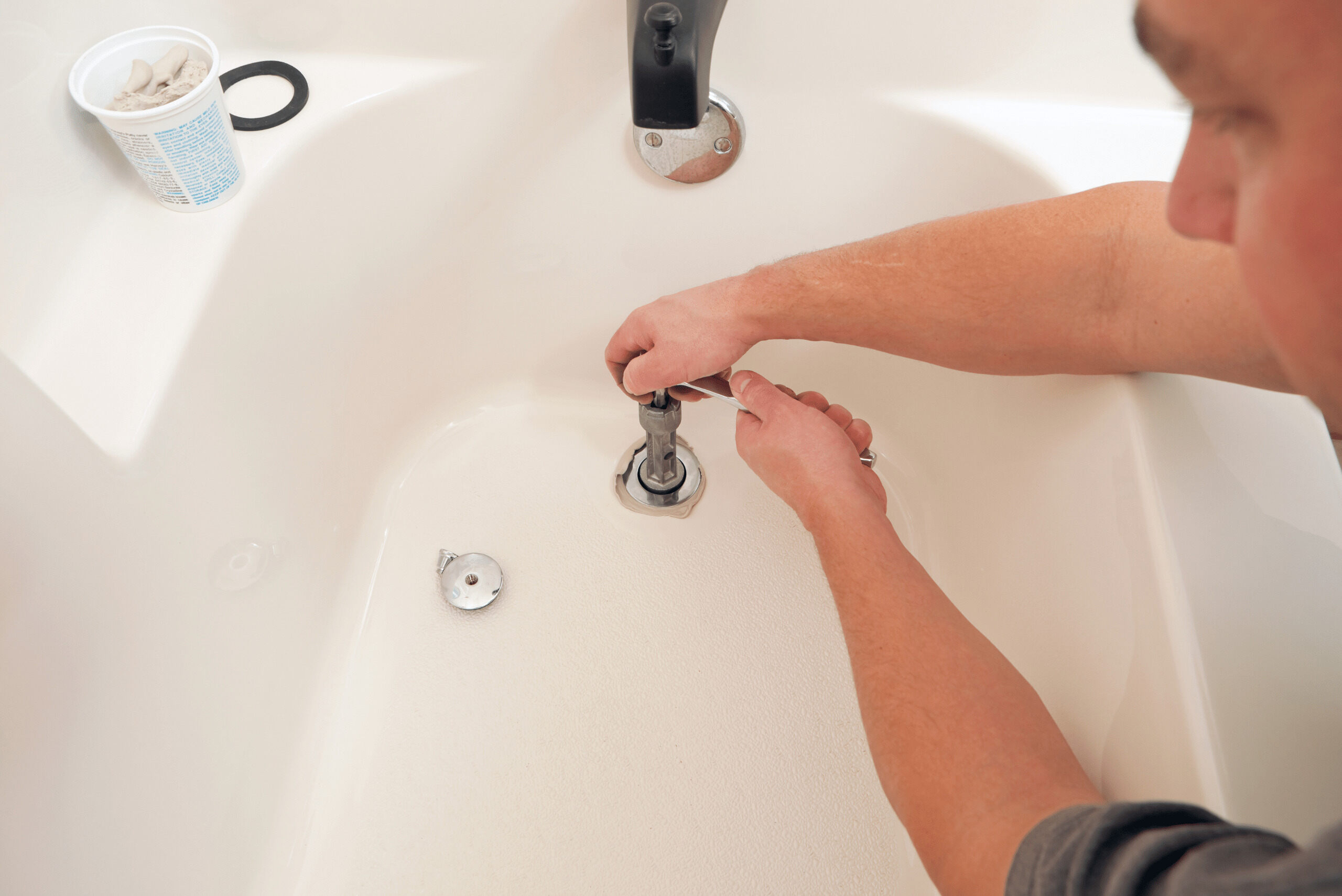
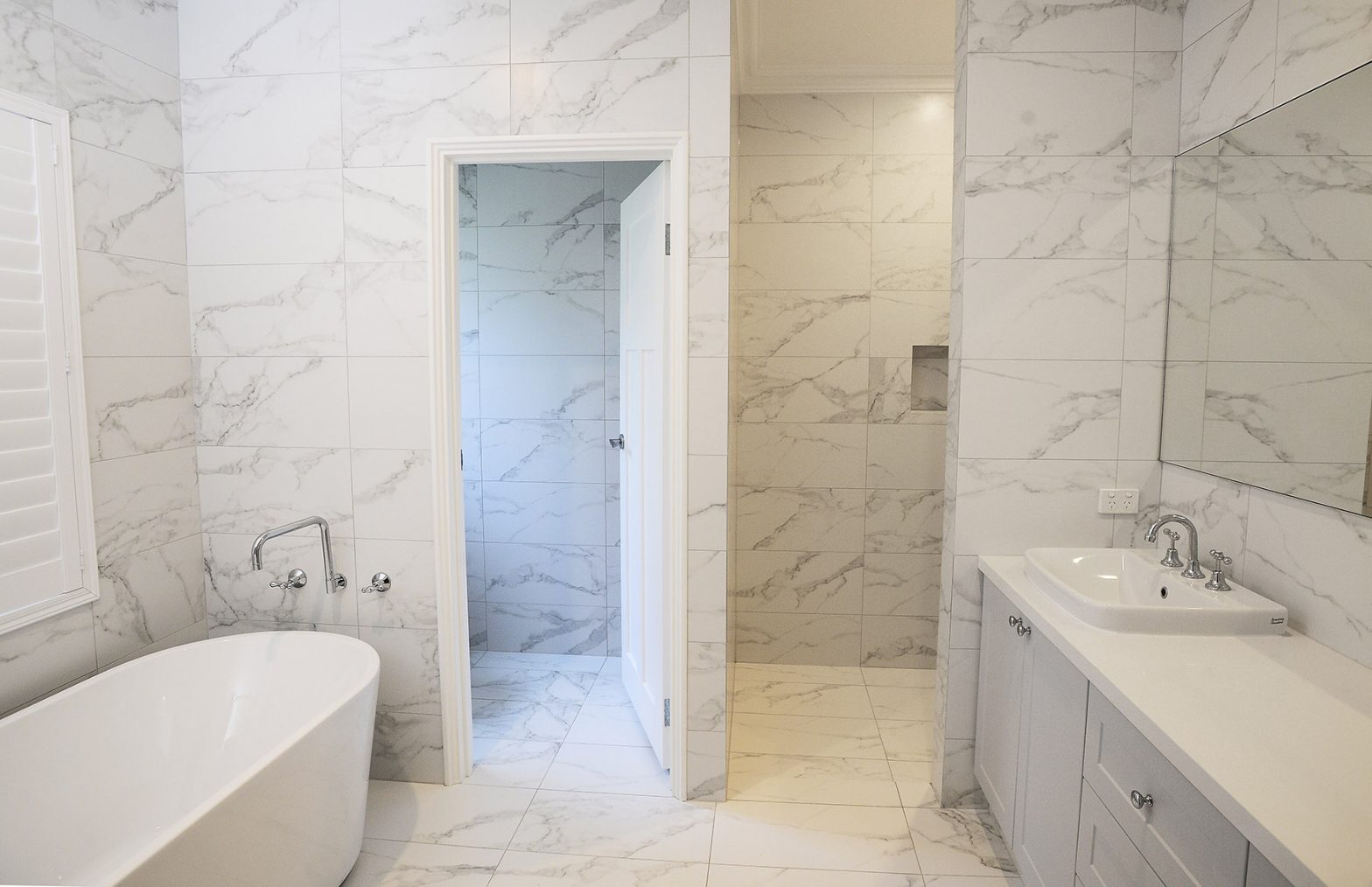



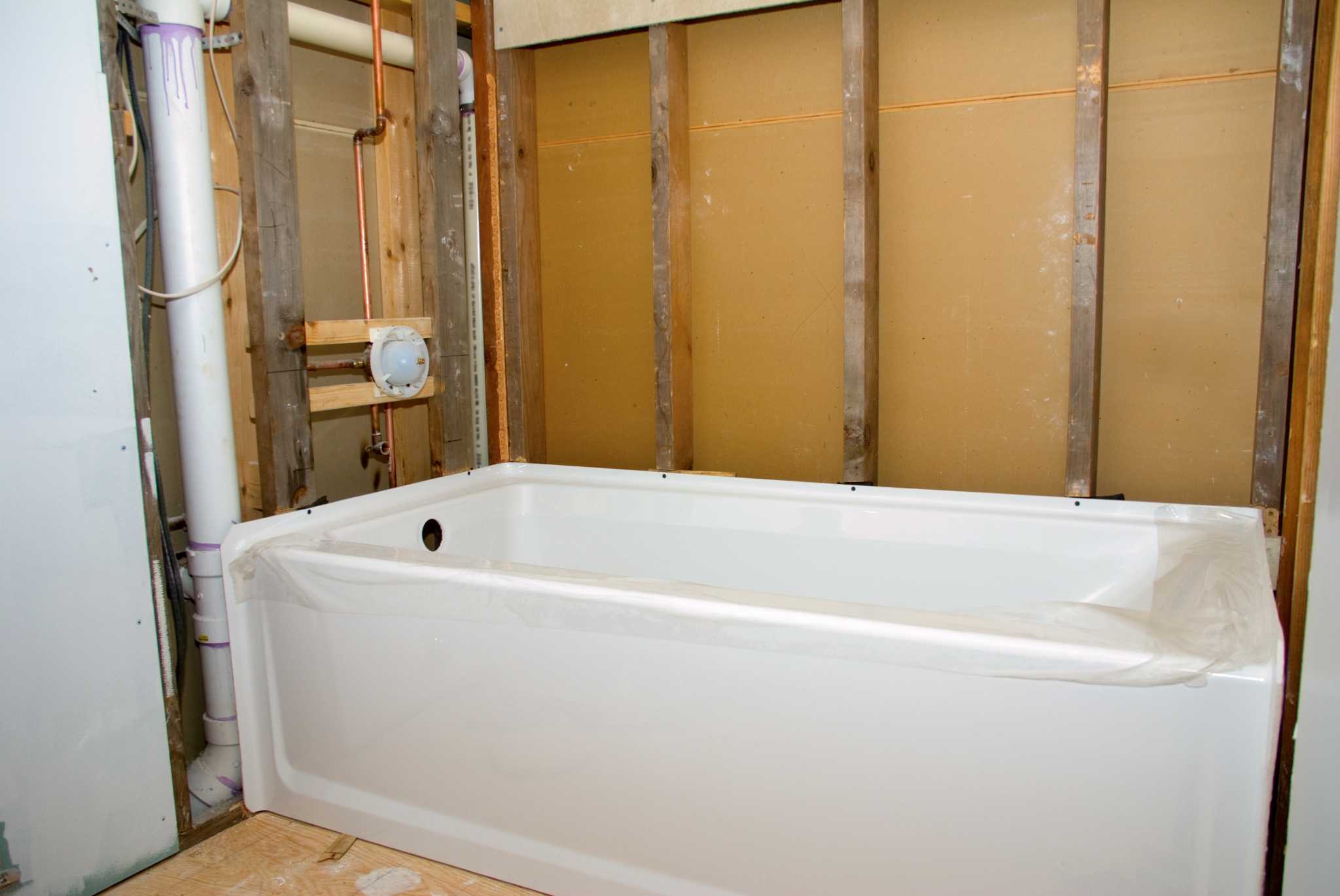

0 thoughts on “How Do You Measure A Bathtub”